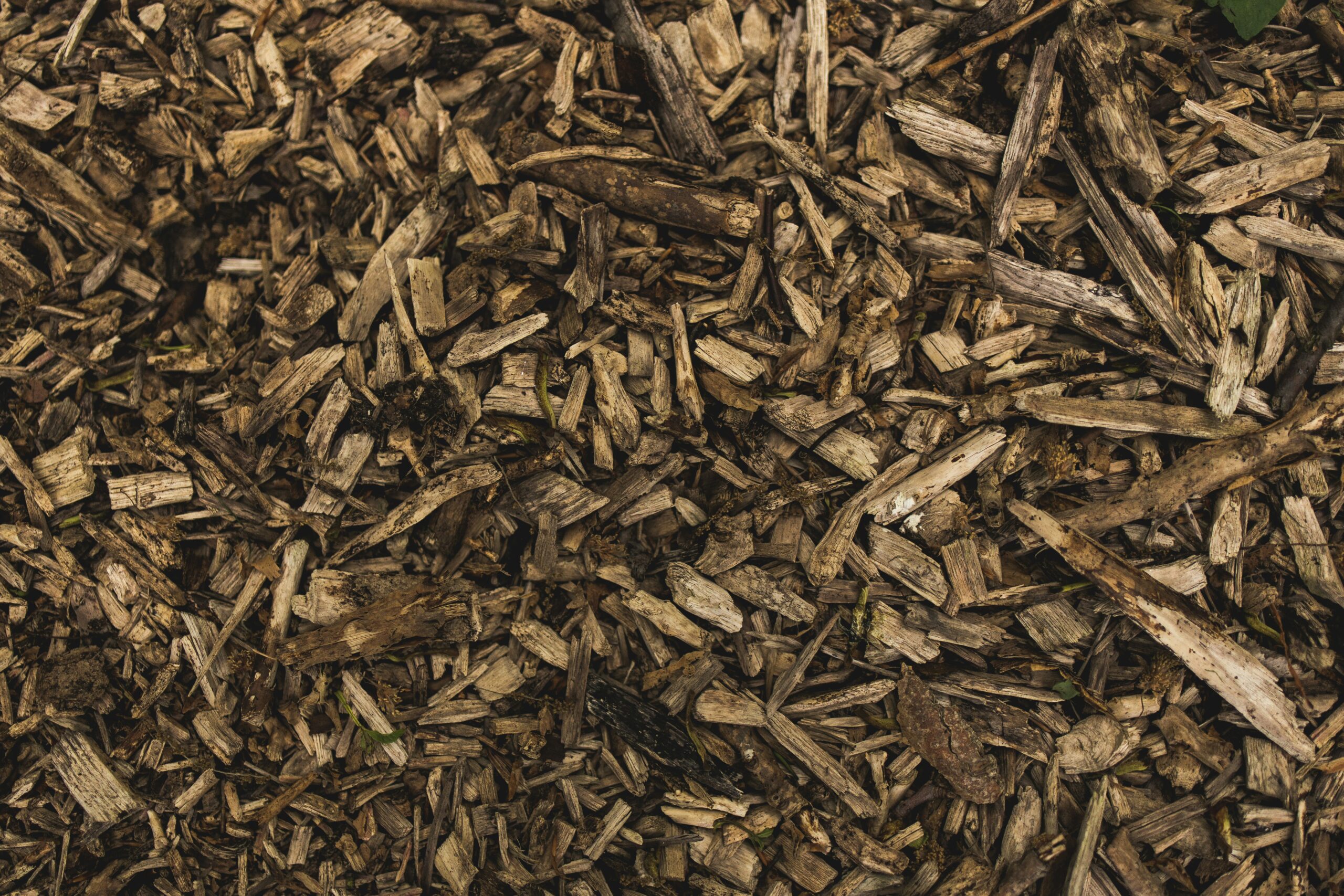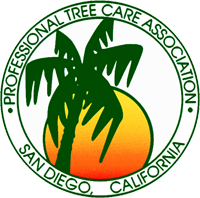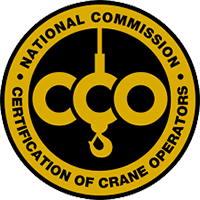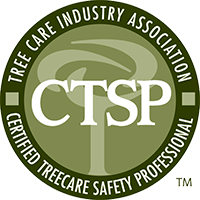Mulch 101
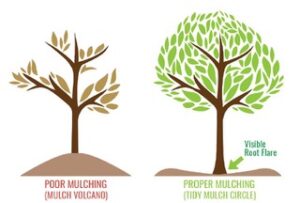 Correct mulching techniques are a very important part of quality tree care. Mulch helps keep soils moist, adds important nutrients and organics to the soil, and eliminates competition from grass.
Correct mulching techniques are a very important part of quality tree care. Mulch helps keep soils moist, adds important nutrients and organics to the soil, and eliminates competition from grass.
Mulch 101 Do’s:
- Quality Matters – Use mulch with lots of organic materials. As these organic materials decompose, they provide trees with a stable nutrient source, improving the soil’s physical, biological, and chemical properties.
- Depth – Keep mulch at a depth of 2-3 inches.
- Distance – Mulch out to the drip line of the tree. The drip line of a tree is the imaginary line on the ground encircling the tree’s trunk at precisely where its branches extend the farthest, outlining how far the tree’s roots stretch under the soil.
- New Mulch – Fresh mulch can go on top of old mulch, but loosen the existing layer first if it’s matted down or crusted to improve drainage and air movement.
Mulch 101 Don’ts:
- Volcano Mulching – Volcano mulching is the practice of piling mulch up in the shape of a volcano around the tree’s trunk. This process essentially suffocates the root system, causing issues like girdling roots, root rot, pest infestation and premature death of the tree.
- Trunk – Do not touch the trunk with mulch.
- Go Natural – Don’t use a synthetic mulch. Synthetic mulch contains no organic matter. As a result, it will interfere with your soil’s delicate balance and it won’t provide any nutrients to help your trees thrive.
If your trees have been suffocating from improper mulching, and have developed root problems as a result, consult with an Atlas Consulting Arborist. Arborists may utilize advanced techniques like root excavation with an air spade to drastically improve the condition of your trees.
Bonus Tip: If you live in San Diego County, Atlas Tree Service will deliver free mulch! Click here to get your free mulch, and give your trees the very best care.

